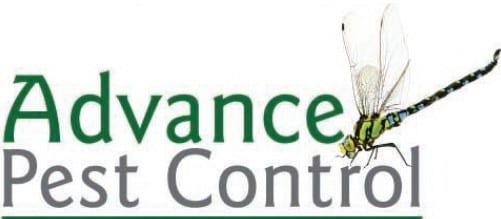
Insects & Disease Resources

Ambrosia Beetles
Treatment recommendation is if seeing any signs of the above, a bark applied systemic insecticide should be applied.
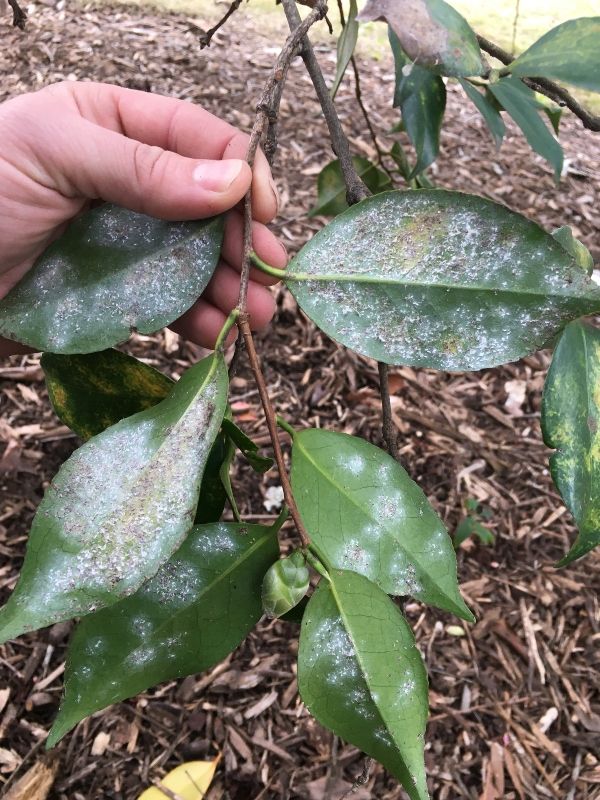
Tea Scale
Treatment recommendation is to apply foliar insecticide treatment along with a horticultural oil treatment in the winter.

White Flies
Treatment recommendation Is to use foliar insecticide sprays during the growing season in combination with a soil systemic in the fall or winter.

Over-mulching
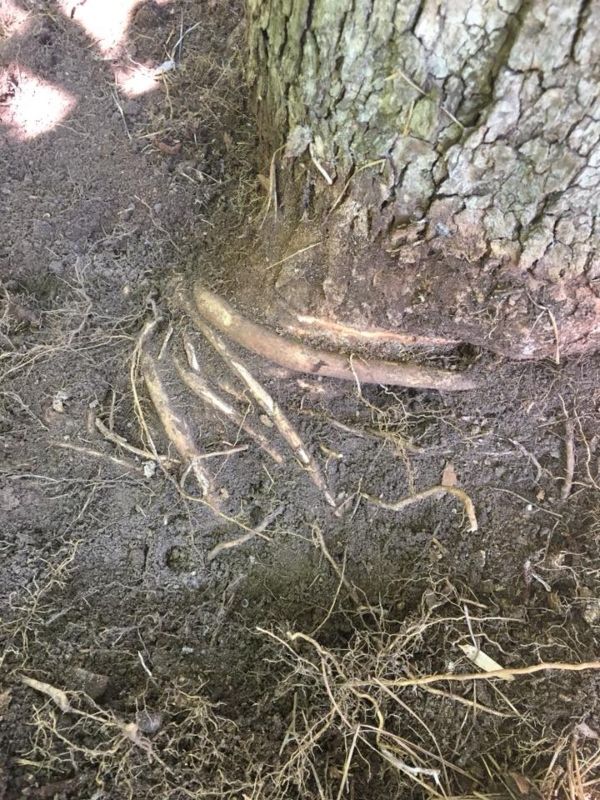
Girdling Roots
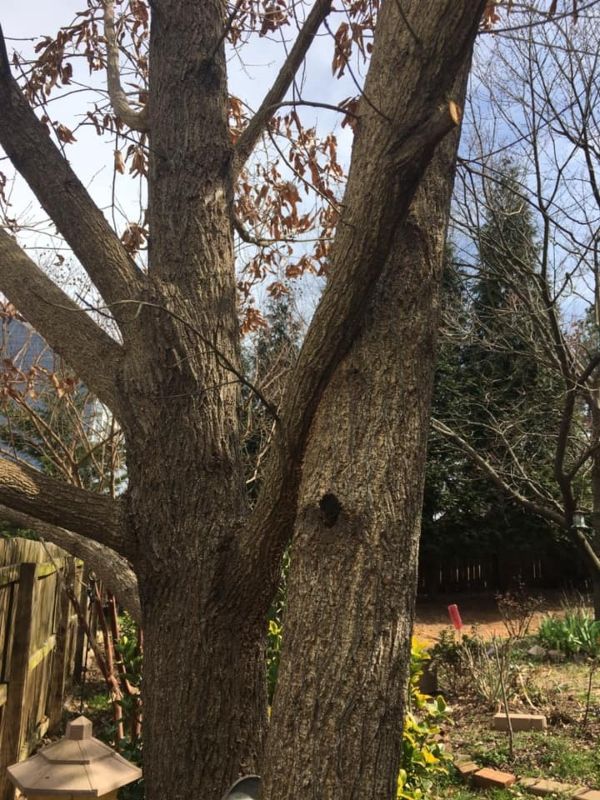
Branch Crossing

Lecanium
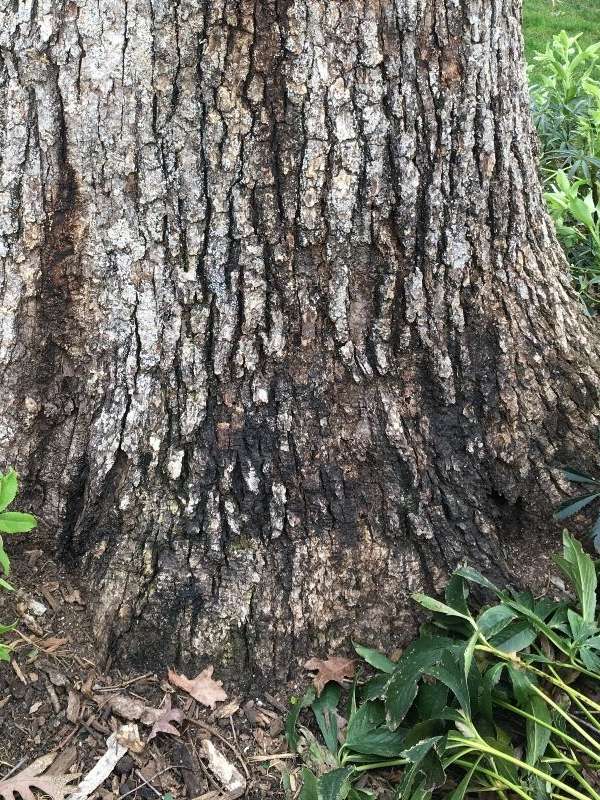
Phytophthora Canker
Treatment recommendation is if the root flare of your trees is not visible, remove soil and mulch from around base of tree. Bark applications of systemic fungicides will help to arrest further development of the disease.

Beehive Removal
Do you have concerns about the trees and/or shrubs on your property?
Advance Tree & Shrub uses INTEGRATED PEST MANAGEMENT (IPM) to assess pest and disease problems on your property. IPM simply refers to a process used to solve pest problems while minimizing risks to people and the environment. We use products that will be most effective against the task at hand and least harmful to you and your family. By having a Certified Arborist as our Chief Operator for Advance Tree & Shrub, we can ensure our customers get top-quality and correct identification backed with a certified license.
